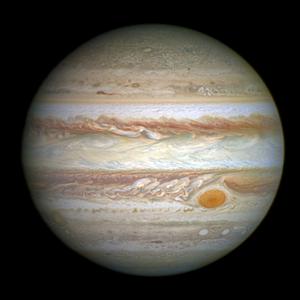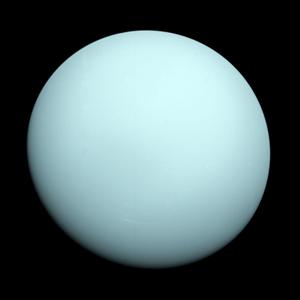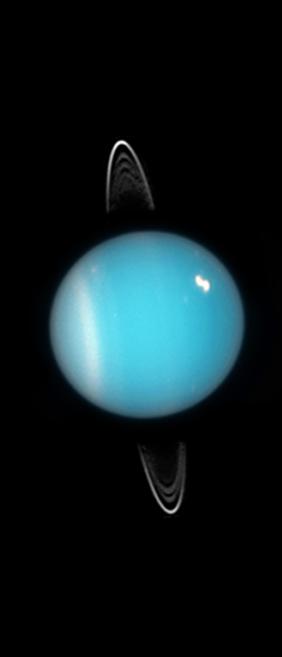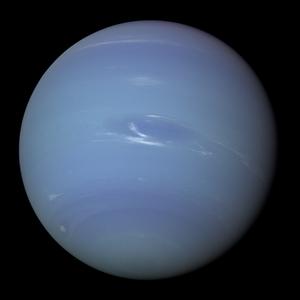Glossary term: 巨行星
Description: 巨行星是主要由氢、氦,或水、甲烷,或氨等更复杂的分子组成的巨大天体。类地行星主要由铁或岩石等沸点很高的物质组成,而巨行星则被认为有一个被其他物质包围的固态内核。巨行星的质量远远大于地球,因此其引力足够强大,可以维持由氢和氦等轻元素组成的扩展气态大气层。
巨行星分为两类:气态巨行星和冰质巨行星,前者主要由氢和氦组成,而后者主要由水、甲烷和氨组成,周围环绕着氢和氦组成的大气层。这两个名称可能会引起混淆,因为气态巨行星中的大部分物质并不是气态的,而冰质巨行星包含的也并不是固态冰,而是先在寒冷的外太阳系中冻结、后被吸积到行星上的物质。
太阳系中最大的四颗行星(木星、土星、海王星和天王星)都是巨行星。
Related Terms:
See this term in other languages
Term and definition status: The original definition of this term in English have been approved by a research astronomer and a teacher The translation of this term and its definition is still awaiting approval
The OAE Multilingual Glossary is a project of the IAU Office of Astronomy for Education (OAE) in collaboration with the IAU Office of Astronomy Outreach (OAO). The terms and definitions were chosen, written and reviewed by a collective effort from the OAE, the OAE Centers and Nodes, the OAE National Astronomy Education Coordinators (NAECs) and other volunteers. You can find a full list of credits here. All glossary terms and their definitions are released under a Creative Commons CC BY-4.0 license and should be credited to "IAU OAE".
If you notice a factual or translation error in this glossary term or definition then please get in touch.
Related Media
木星
Credit: 美国国家航空航天局、欧空局和 A. Simon(戈达德太空飞行中心) credit link
License: CC-BY-4.0 Creative Commons 署名 4.0 国际 (CC BY 4.0) icons
土星
Credit: 美国国家航空航天局、欧空局、A. Simon(戈达德太空飞行中心)和 M.H. Wong(加州大学伯克利分校) credit link
License: CC-BY-4.0 Creative Commons 署名 4.0 国际 (CC BY 4.0) icons
天王星自然色彩图像
License: PD Public Domain icons
天王星与星环
Credit: 美国国家航空航天局、欧洲航天局和 M. Showalter(SETI 研究所) credit link
License: PD Public Domain icons
海王星
Credit: 美国国家航空航天局 / 喷气推进实验室 / 旅行者号-国际空间站 / 贾斯廷·科沃特 credit link
License: PD Public Domain icons













